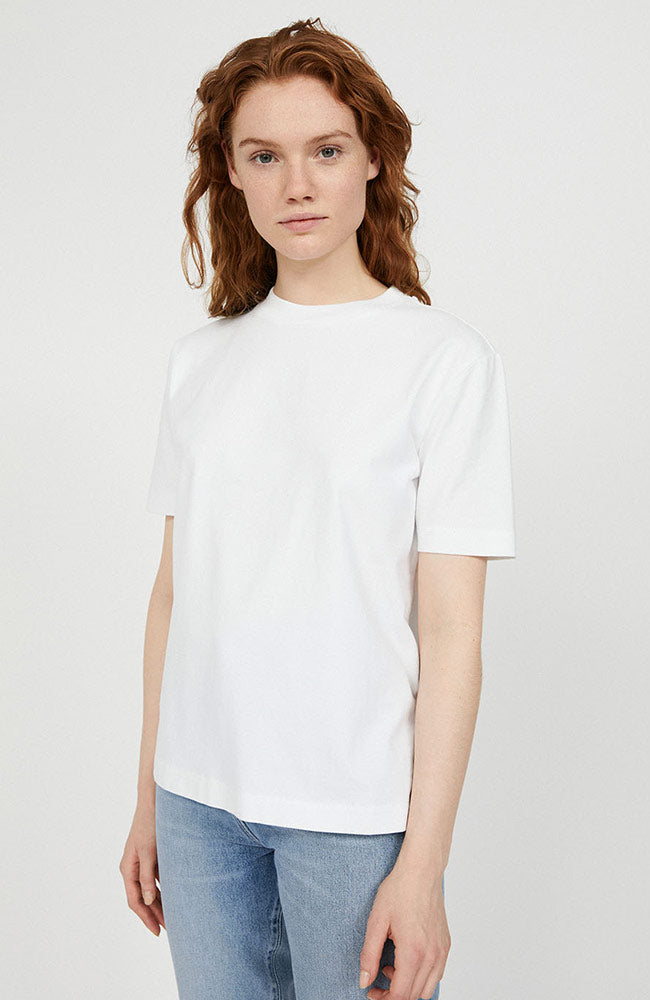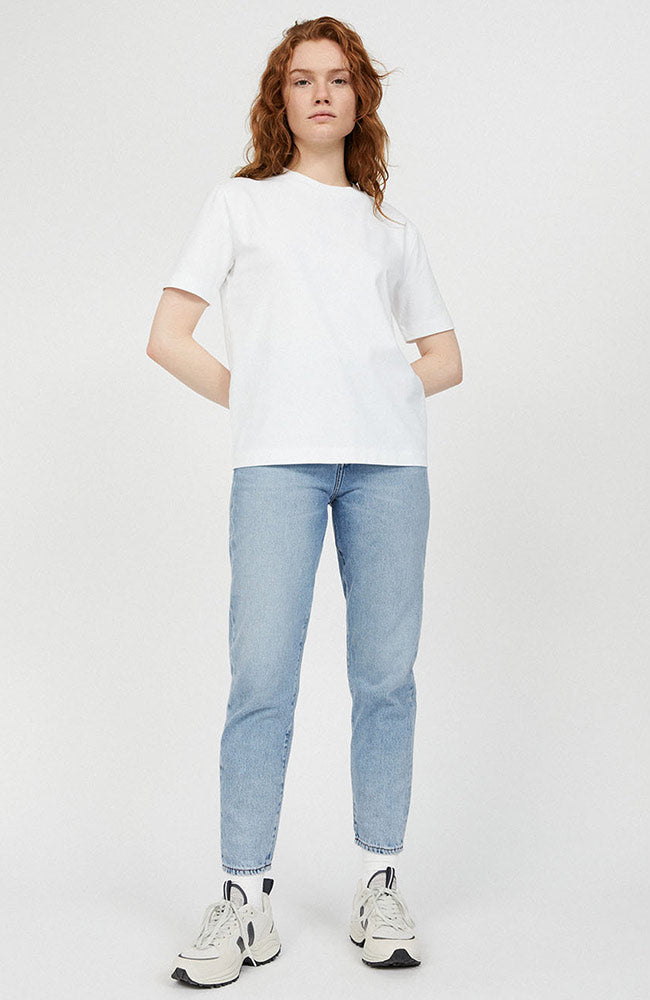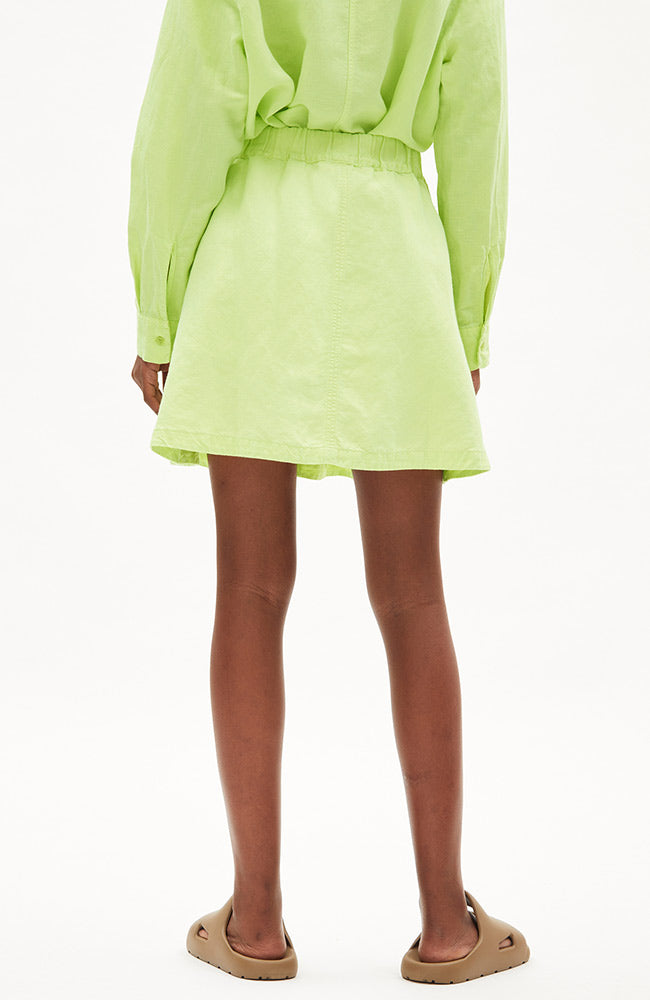What is recycled cotton?

What is recycled cotton?
Cotton you know, of course. It is the most widely used textile there is. Recycled cotton comes in 2 forms:
Post-consumer recycled cotton (PCR): this is the kind of cotton that comes from garments that have been sold to and used by consumers.
Pre-consumer recycled cotton (cutting waste): this is the type of cotton that comes from the waste generated during the manufacturing process.
Cotton recycling is done in the following way:
- Production waste and/or collected worn textiles are collected and sorted by color. The precision with which this is done makes it possible to produce brightly colored yarns without adding dye.
- The cotton is mechanically stripped of buttons, zippers and tags and cut into strips, after which it enters the dyeing machine. The fabric is combed, so to speak, until only fibers remain.
- These fibers are blended with new (organic cotton) fibers to maintain quality. Without a small percentage of new cotton, the fibers would not be strong enough to spin a yarn.
- The fibers are combed even finer and laid in the same direction. This process is called carding. From the carded fiber, a wick can be made which is spun into yarn.
Why choose recycled cotton

During the production of regular cotton, a lot of water and pesticides are used. The more sustainable alternative, organic cotton, uses less water and no chemical pesticides. So this is already a lot better. The beauty of recycled cotton is that it uses no new raw materials.
Certainly PCR is an awesome alternative because it addresses the fashion industry's major waste problem. Worldwide, 92 million tons of textile waste are produced every year. Reusing these materials avoids waste and makes the environment a little better off.





































